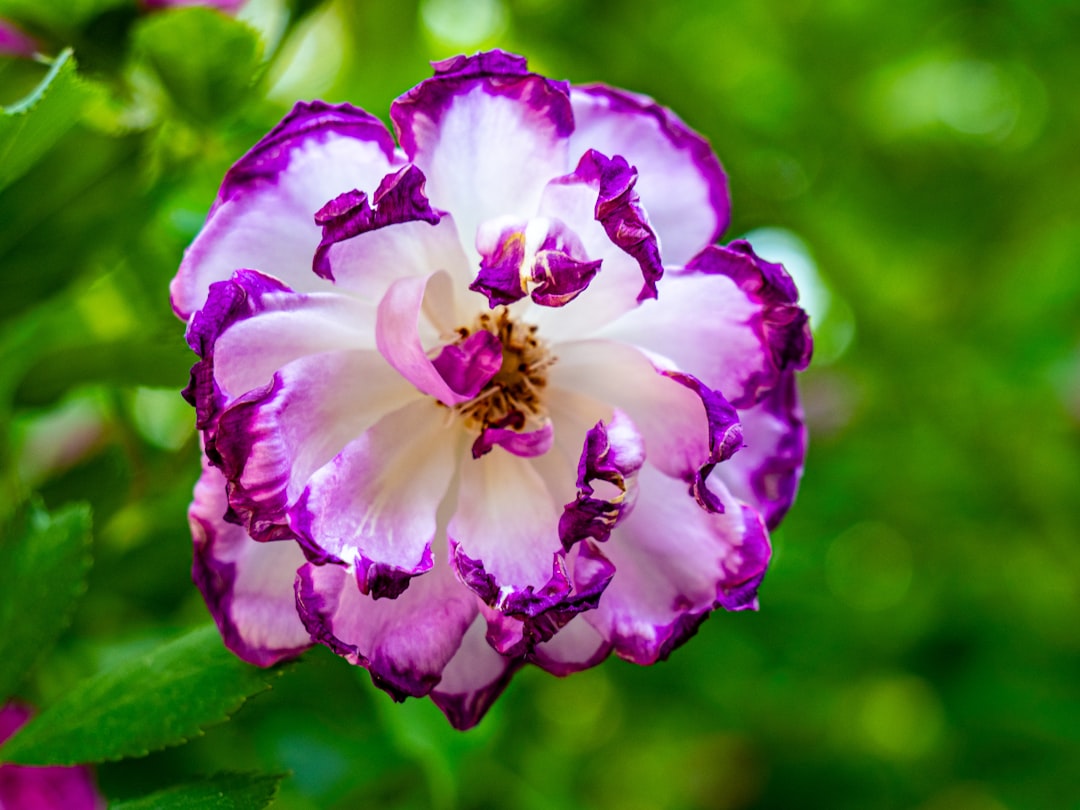The Hidden Threat in Your Mulch: Dark Specks on Your Siding

When it comes to caring for your yard, there are many aspects to consider. One issue that might catch you off - guard is the appearance of dark specks on your siding. You may be scratching your head, wondering where these unsightly marks are coming from. Well, the culprit could very well be hiding in your mulch.
Mulch is a common addition to yards. It helps retain moisture in the soil, suppresses weeds, and gives a neat and tidy look to garden beds. However, not all mulches are created equal. Some types of mulch can harbor fungi, bacteria, and other microorganisms that can cause problems for your home's exterior.
Fungi are one of the main suspects. Certain fungi thrive in the damp and organic environment provided by mulch. When conditions are right, these fungi can produce spores. These spores are incredibly tiny and can easily become airborne. Once in the air, they can land on your siding, creating those dark specks that are so frustrating to deal with.
Bacteria can also play a role. Bacteria in the mulch can break down organic matter, releasing by - products that can stain your siding. If the mulch is too close to your home, these bacteria - related stains can spread quickly and become more difficult to remove.
So, what can you do to prevent this from happening? First, choose your mulch carefully. Opt for high - quality mulches that are less likely to harbor harmful organisms. Cedar mulch, for example, has natural anti - fungal and antibacterial properties. It can help keep the mulch bed healthier and reduce the risk of spore and bacteria spread.
Another important step is to maintain the proper distance between your mulch and your home. A good rule of thumb is to keep at least a 6 - inch gap between the mulch and the siding. This will prevent the mulch from being in direct contact with the siding and reduce the chances of spores and bacteria making their way onto it.
Regularly inspect your mulch for signs of mold, mildew, or other growths. If you notice any, remove the affected mulch immediately. You can also turn the mulch over periodically to improve air circulation. This will help keep the mulch dry and less hospitable to harmful organisms.
Cleaning your siding regularly is also crucial. Use a gentle detergent and a soft - bristled brush to remove any dirt, debris, or dark specks. For stubborn stains, you may need to use a specialized siding cleaner. However, be sure to test it on a small, inconspicuous area first to avoid damaging the siding.
In addition to these preventive measures, consider the overall health of your yard. A well - maintained yard with proper drainage and sunlight can help keep the mulch and the surrounding environment in good condition. Make sure your gutters are clean and functioning properly to prevent water from pooling near the mulch and creating a breeding ground for microorganisms.
By being proactive and taking these steps, you can enjoy a beautiful yard and a clean, speck - free siding. Remember, caring for your yard is not just about making it look good; it's also about protecting your home from potential damage. So, keep an eye on your mulch and take action at the first sign of trouble.
Don't let the hidden threat in your mulch ruin the appearance of your home. With a little knowledge and effort, you can keep your yard and siding in top shape. Whether you're a seasoned gardener or just starting out, these tips can help you avoid the headache of dealing with dark specks on your siding caused by your mulch.